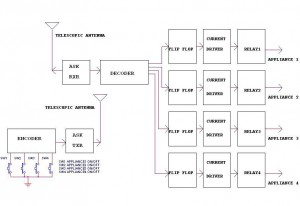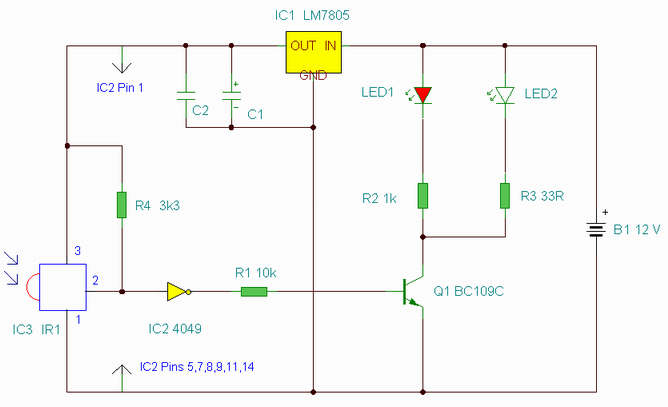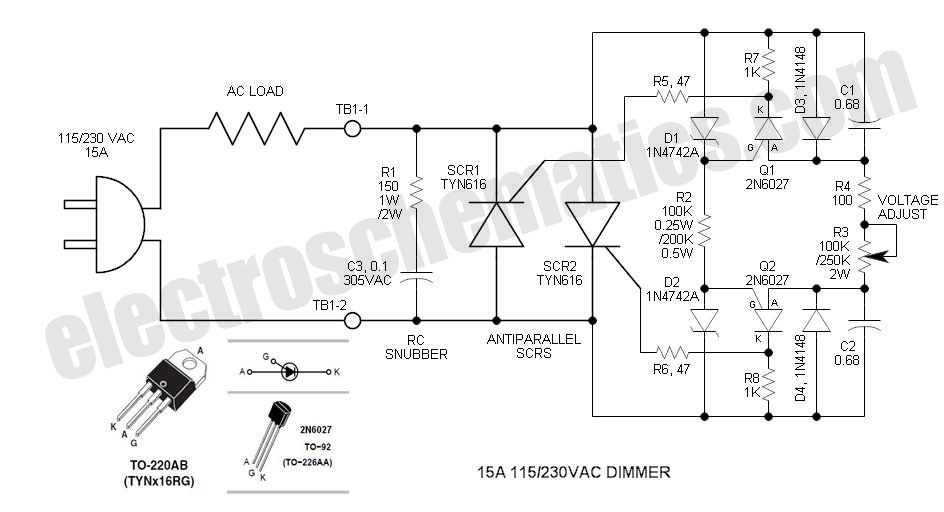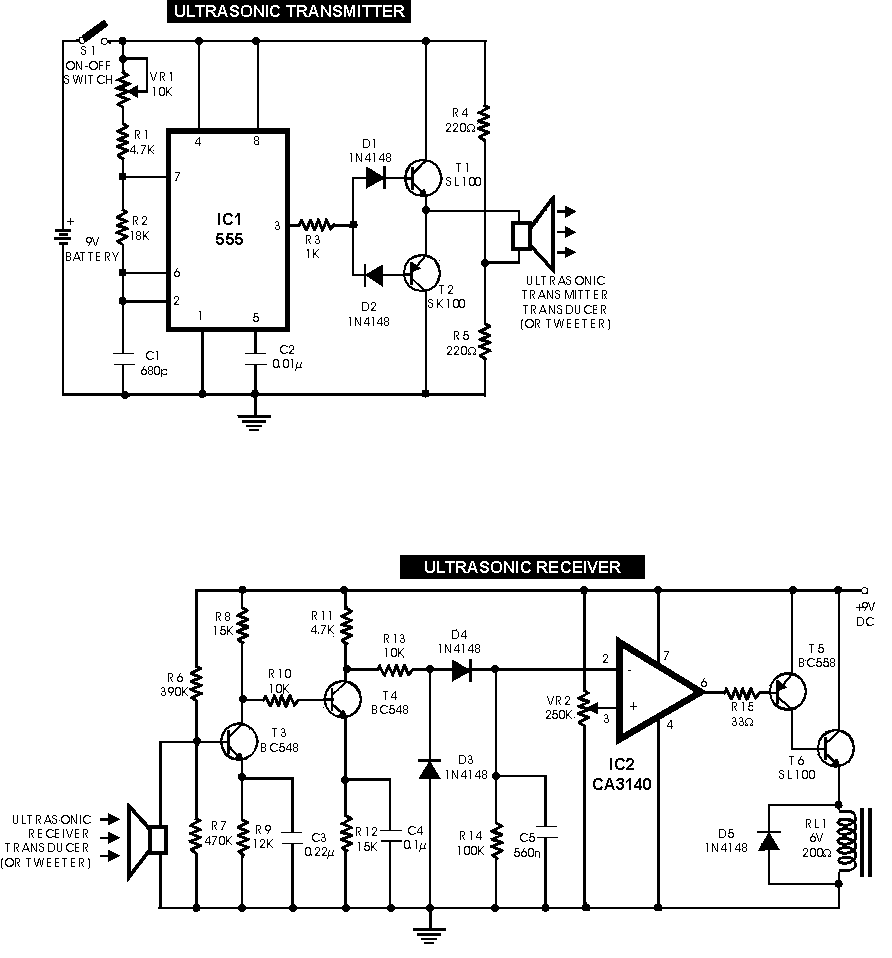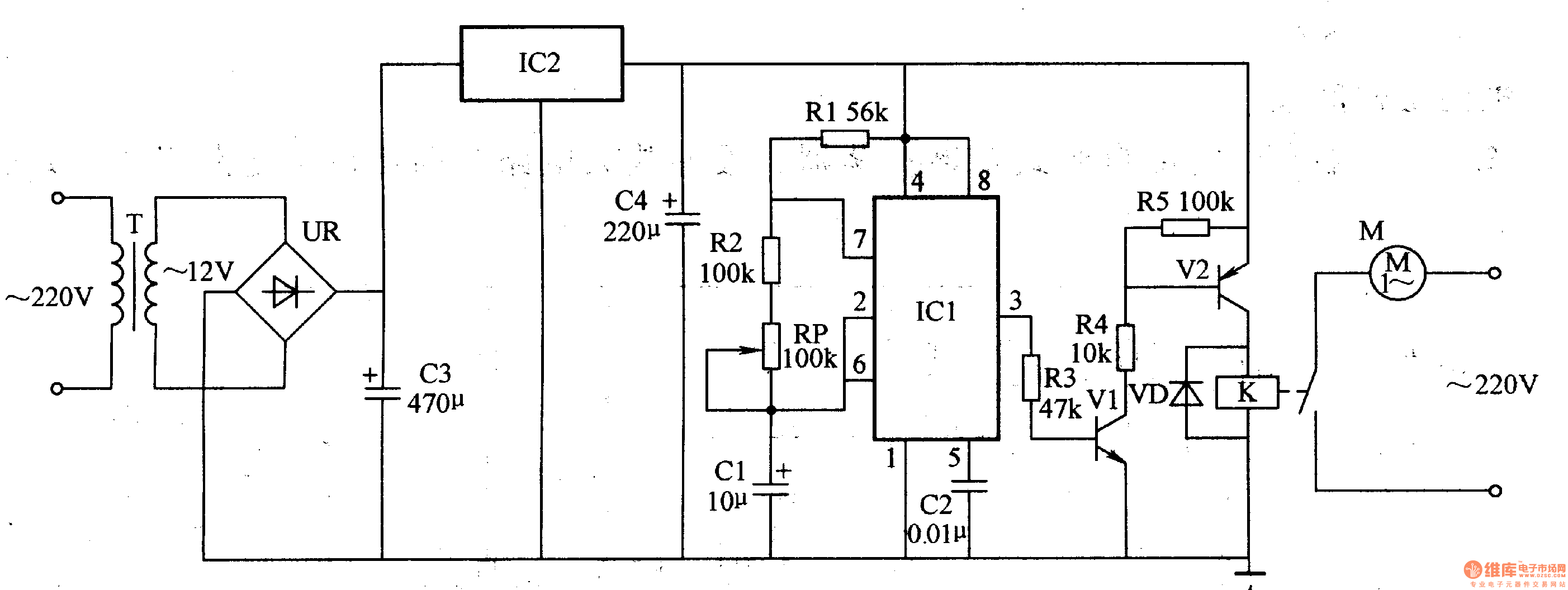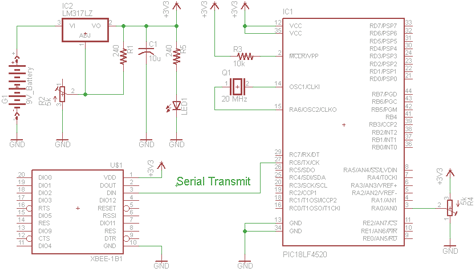
Complementary lighting control
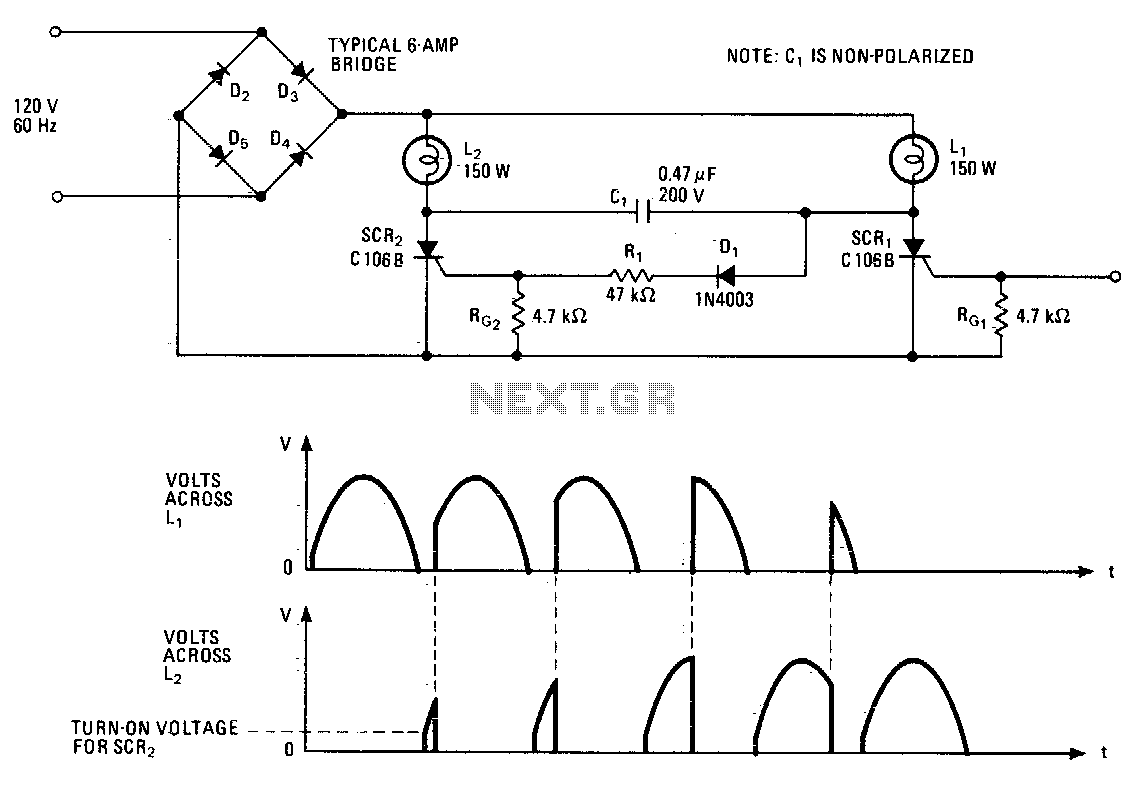
This lighting control unit will gradually decrease the brightness of one lamp while simultaneously increasing the brightness of another. The two loads maintain precise tracking without the need for manual adjustments. The gate of SCR1, a silicon-controlled rectifier, is activated by a standard phase control circuit, which may be based on a unijunction transistor or a diac. This circuit directly regulates the brightness of lamp L1. Additionally, whenever SCR1 is off, a small current flows through L1, D1, and R1, allowing SCR2 to trigger. When SCR1 is activated, current flow through D1 and R1 stops; the energy stored in C1 generates a negative spike that deactivates SCR2.
This lighting control circuit is designed to manage the brightness of two lamps in a complementary manner, ensuring a smooth transition between the two light sources. The operation is based on the principle of phase control, where the conduction angle of SCR1 is varied to achieve the desired brightness level for lamp L1. When SCR1 is off, a small portion of the current is allowed to flow through the components D1 and R1, which is crucial for the triggering of SCR2. This ensures that SCR2 remains in the off state until SCR1 is activated.
The inclusion of capacitor C1 plays a vital role in the operation of the circuit. When SCR1 is turned on, it interrupts the current flow, which leads to the rapid discharge of C1. This discharge generates a negative voltage spike that effectively turns off SCR2, ensuring that the second lamp's brightness decreases as the first lamp's brightness increases. The design allows for a seamless transition between the two lamps, creating an aesthetically pleasing lighting effect that can be utilized in various applications, such as stage lighting, mood lighting in homes, or in theatrical productions.
The use of a unijunction transistor or diac for phase control provides a reliable method for adjusting the gate voltage of SCR1, allowing for precise control over the timing of the SCR's conduction. This enables the circuit to maintain synchronization between the two lamps without the need for additional adjustments, making it user-friendly and efficient. Overall, the lighting control unit exemplifies a sophisticated approach to managing dual lamp brightness in a coordinated manner.This lighting-control unit will fade out one lamp while simultaneously increasing the light output of another. The two loads track each other accurately without adjustments. The gate of SCRl, a silicon-controlied rectifier, is driven from a standard phase-control circuit, based, for example, on a unijunction transistor or a diac.
It controls the brightness of lamp LI directly Whenever SCRl is not on, a small current flows through LI, Dl, and Rl, permitting SCR2 to fire. When SCRl turns on, current flow ceases through Dl and Rl; the energy stored in Cl produces a negative spike that turns SCR2 off.
This lighting control circuit is designed to manage the brightness of two lamps in a complementary manner, ensuring a smooth transition between the two light sources. The operation is based on the principle of phase control, where the conduction angle of SCR1 is varied to achieve the desired brightness level for lamp L1. When SCR1 is off, a small portion of the current is allowed to flow through the components D1 and R1, which is crucial for the triggering of SCR2. This ensures that SCR2 remains in the off state until SCR1 is activated.
The inclusion of capacitor C1 plays a vital role in the operation of the circuit. When SCR1 is turned on, it interrupts the current flow, which leads to the rapid discharge of C1. This discharge generates a negative voltage spike that effectively turns off SCR2, ensuring that the second lamp's brightness decreases as the first lamp's brightness increases. The design allows for a seamless transition between the two lamps, creating an aesthetically pleasing lighting effect that can be utilized in various applications, such as stage lighting, mood lighting in homes, or in theatrical productions.
The use of a unijunction transistor or diac for phase control provides a reliable method for adjusting the gate voltage of SCR1, allowing for precise control over the timing of the SCR's conduction. This enables the circuit to maintain synchronization between the two lamps without the need for additional adjustments, making it user-friendly and efficient. Overall, the lighting control unit exemplifies a sophisticated approach to managing dual lamp brightness in a coordinated manner.This lighting-control unit will fade out one lamp while simultaneously increasing the light output of another. The two loads track each other accurately without adjustments. The gate of SCRl, a silicon-controlied rectifier, is driven from a standard phase-control circuit, based, for example, on a unijunction transistor or a diac.
It controls the brightness of lamp LI directly Whenever SCRl is not on, a small current flows through LI, Dl, and Rl, permitting SCR2 to fire. When SCRl turns on, current flow ceases through Dl and Rl; the energy stored in Cl produces a negative spike that turns SCR2 off.
